About
Updated: Jul 11, 2020 at 3:21am
Created: Jul 6, 2020 at 4:42pm
Created: Jul 6, 2020 at 4:42pm
Welcome to Stacks!

A Stack is intended to be your digital brain where you can store your thoughts in a linked network. It's a personal project so far, so it'll take some time before it becomes truly easy to use, but from this point forward, it will be operating for decades to come (and I'll be preparing this to last beyond my lifetime).
This is a life-long project and the goal is to provide the ultimate, sustainable, and perpetual storage for your thoughts in a digital environment.
🏗 Stacks is built by [[John Valon]]
Philosophy
- Digital brain that can be trusted (data integrity, perpetual, reliable, secure, and portable)
- The place/entity that will stand test of time (standardized format, financial & legal stability, founder philosophy, mechanisms to make is sustainable over multiple generations)
- Lightweight UI/UX with a focus on the essential experience, not too much proprietary things that are not portable outside of the platform, focus on minimalism
- Versatile platform that can be used on various use cases, can be used in personal, team, or public settings
- Networked & self-organizing instead of rigid structure & top-down hierarchy (such as folder structure) —the system should mimic the nature, brain, and evolution of knowledge building & retaining
- Connected minds that allows information to interact & flow between the digital brains (stacks)
- Beyond physical limitations and aspire to be more trust worthy than your own memory, and one day, perhaps be the safe haven of your identity and memories
Concept
- Stacks: A networked knowledge base. This is your digital brain. Each stack can represent a person, or a body of knowledge (e.g. field of study, industry, company, brand).
- Stack consists of Nodes and Links.
- Nodes: Nodes are the thoughts you store in digital format. Analogous to neurons. Usually in structured text and media. We've decided to use markdown as the standard format for storage as the format is widely accepted and is likely to stand the test of time. Li
- Links: Links are the connections between nodes, like synapses. The links are created bi-directionally, so one can navigate between the connected nodes.
- Unlike Wikipedia, by design, Stack creates a natural boundary or cluster of information.
- The possibility of connecting multiple stacks is interesting. Then what is the difference between something like the standard wikis? Forced separation/cluster creates enough selection pressure on what stays in the stack or not. So it creates a force of convergence that will hopefully balance out with divergence.
🖇 2 Linked Nodes

